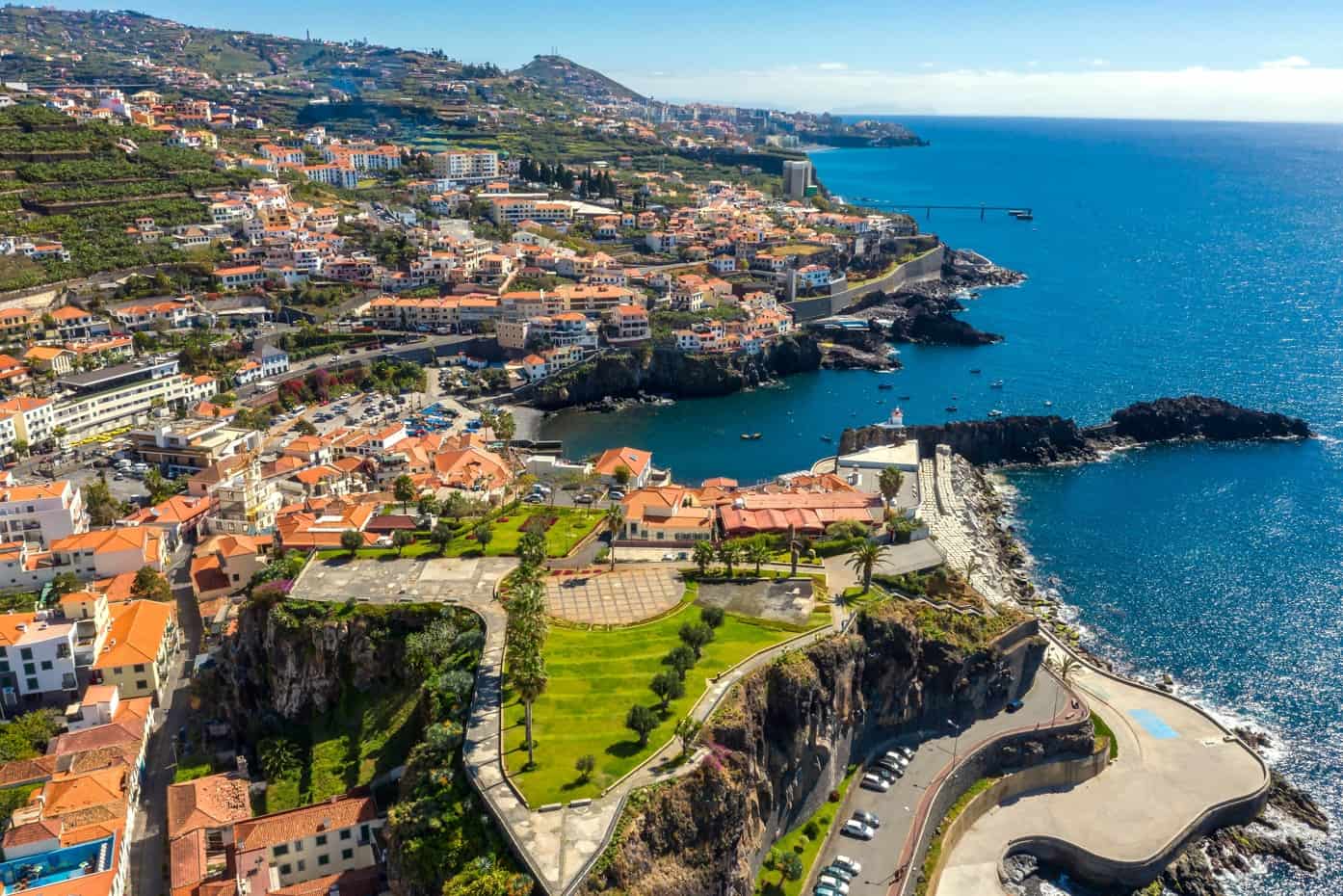If you’re hoping to soak-up local Madeiran culture during your stay on the island, one of the best regions to head for is Central Madeira.
 Central Madeira is the most populous region on the island outside of Funchal, and the bustling coastal towns like Camara de Lobos and Ribeira Brava are great places to get a feel for the day-to-day life of the island. This is Funchal’s commuter belt but it’s not easy terrain: the steep lombas (volcanic ridges) and fajas (flat coastal plains) create an incredibly undulating landscape. Out of necessity, homes are built on terraces cut into the steep-sided lombas – these very traditional-style houses seem to defy gravity: testament to the tried-and-tested building techniques that began with the very first settlers almost 600 years ago.
Central Madeira is the most populous region on the island outside of Funchal, and the bustling coastal towns like Camara de Lobos and Ribeira Brava are great places to get a feel for the day-to-day life of the island. This is Funchal’s commuter belt but it’s not easy terrain: the steep lombas (volcanic ridges) and fajas (flat coastal plains) create an incredibly undulating landscape. Out of necessity, homes are built on terraces cut into the steep-sided lombas – these very traditional-style houses seem to defy gravity: testament to the tried-and-tested building techniques that began with the very first settlers almost 600 years ago.
 It’s easy to escape the hustle-and-bustle of town by heading inland to the Curral das Freiras: the secluded valley where the nuns of the Convent of Santa Clara took refuge from rampaging pirates in the 16th century. Before the arrival of the tarmac road, the meandering Nun’s Trail was the only access into the valley. This narrow path takes you from the spectacular viewpoint at Eira do Serrado, precariously traversing the steep sided valley. The modern-day Serrado tunnel is the easy 21st century route down into the village 600m below. The village is completed hidden from the outside world with steep mountains on all sides. Cherries and chestnuts are the main crops grown on the terraces that you’ll see lining the steep sides of the valley. Cherries are used in the production of Ginja, a sweet, fortified wine, whilst the famous Bolo de Castanha cake combines the chestnuts with sugar and vanilla and is served in most café bars in the village.
It’s easy to escape the hustle-and-bustle of town by heading inland to the Curral das Freiras: the secluded valley where the nuns of the Convent of Santa Clara took refuge from rampaging pirates in the 16th century. Before the arrival of the tarmac road, the meandering Nun’s Trail was the only access into the valley. This narrow path takes you from the spectacular viewpoint at Eira do Serrado, precariously traversing the steep sided valley. The modern-day Serrado tunnel is the easy 21st century route down into the village 600m below. The village is completed hidden from the outside world with steep mountains on all sides. Cherries and chestnuts are the main crops grown on the terraces that you’ll see lining the steep sides of the valley. Cherries are used in the production of Ginja, a sweet, fortified wine, whilst the famous Bolo de Castanha cake combines the chestnuts with sugar and vanilla and is served in most café bars in the village.
 A new, high mountain pass connects Eira do Serrado to one of the island’s highest peaks: Pico do Arieiro (1816m). The trail from Arieiro to Madeira’s high summit Pico Ruivo (1861m) is one of Portugal’s great walking challenges.
A new, high mountain pass connects Eira do Serrado to one of the island’s highest peaks: Pico do Arieiro (1816m). The trail from Arieiro to Madeira’s high summit Pico Ruivo (1861m) is one of Portugal’s great walking challenges.









Follow us online